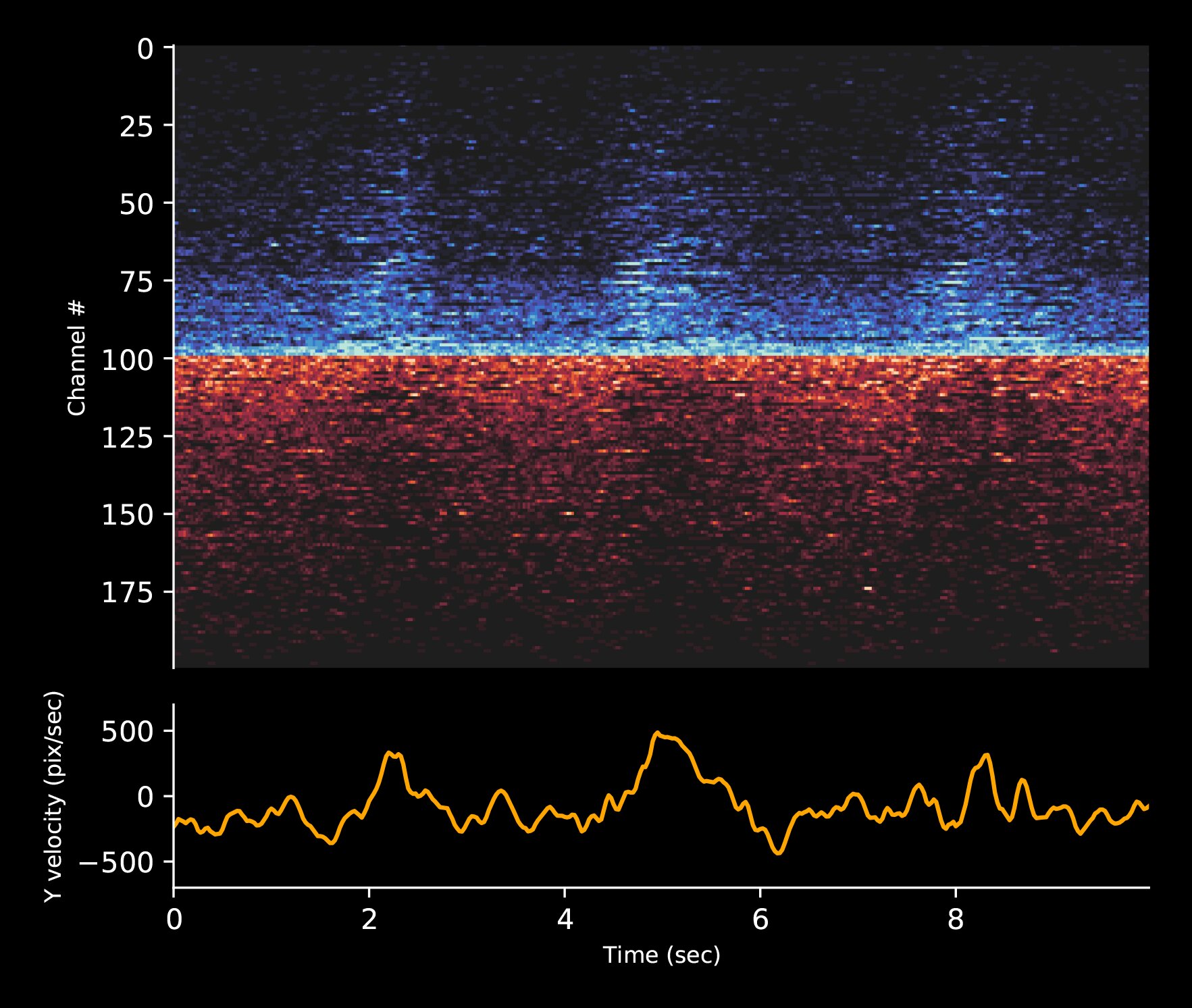#Transparent inorganic multicolour displays enabled by zinc-based electrochromic devices
“#Transparent inorganic multicolour displays enabled by zinc-based electrochromic devices”
by Light Publishing Center, Changchun Institute of Optics, Fine Mechanics And Physics, Chinese Academy </p><div>
<div>
<div data-src="https://scx2.b-cdn.net/gfx/news/hires/2020/transparenti.jpg" data-sub-html="a, Schematic diagram of the bar-coating process. The inset shows a digital photograph of the SVO/cellulose paste. b, Schematic illustration of a Zn-SVO electrochromic display platform. c, Schematic illustration of the colour overlay effect via the combination of orange, yellow, and green colours. The upper colour code represents the colour of the top SVO electrode, while the lower colour code represents the colour of the bottom SVO electrode. d, Visible-near infrared transmittance spectra of the display under different colour states. e, Digital photograph of the display having an orange colour, showing an OCP of 1.56 V. f, Digital photographs of a 0.5 V regulated LED powered by the Zn-SVO electrochromic display at 1 min and 40 mins. g, Digital photographs of the Zn-SVO display showing six colours obtained through the colour overlay effect. Credit: by Wu Zhang, Haizeng Li, William W. Yu, Abdulhakem Y. Elezzabi" data-thumb="https://scx1.b-cdn.net/csz/news/tmb/2020/transparenti.jpg">
<figure><img alt="Transparent inorganic multicolour displays enabled by zinc-based electrochromic devices" height="480" src="https://scx1.b-cdn.net/csz/news/800/2020/transparenti.jpg" title="a, Schematic diagram of the bar-coating process. The inset shows a digital photograph of the SVO/cellulose paste. b, Schematic illustration of a Zn-SVO electrochromic display platform. c, Schematic illustration of the colour overlay effect via the combination of orange, yellow, and green colours. The upper colour code represents the colour of the top SVO electrode, while the lower colour code represents the colour of the bottom SVO electrode. d, Visible-near infrared transmittance spectra of the display under different colour states. e, Digital photograph of the display having an orange colour, showing an OCP of 1.56 V. f, Digital photographs of a 0.5 V regulated LED powered by the Zn-SVO electrochromic display at 1 min and 40 mins. g, Digital photographs of the Zn-SVO display showing six colours obtained through the colour overlay effect. Credit: by Wu Zhang, Haizeng Li, William W. Yu, Abdulhakem Y. Elezzabi" width="800"></img><figcaption>
a, Schematic diagram of the bar-coating process. The inset shows a digital photograph of the SVO/cellulose paste. b, Schematic illustration of a Zn-SVO electrochromic display platform. c, Schematic illustration of the colour overlay effect via the combination of orange, yellow, and green colours. The upper colour code represents the colour of the top SVO electrode, while the lower colour code represents the colour of the bottom SVO electrode. d, Visible-near infrared transmittance spectra of the display under different colour states. e, Digital photograph of the display having an orange colour, showing an OCP of 1.56 V. f, Digital photographs of a 0.5 V regulated LED powered by the Zn-SVO electrochromic display at 1 min and 40 mins. g, Digital photographs of the Zn-SVO display showing six colours obtained through the colour overlay effect. Credit: by Wu Zhang, Haizeng Li, William W. Yu, Abdulhakem Y. Elezzabi
</figcaption></figure></div>
Multicolour electrochromic displays are one of the most versatile applications because they can retain their colored states without the need to supply electrical power. However, the simultaneous colouration of the counter layer when operating a conventional electrochromic display restricts the color overlay effects. Additionally, the operation of conventional electrochromic displays requires external voltages to trigger the colouration/bleaching processes, which makes the conventional electrochromic displays far from a net-zero energy consumption technology.
In a new paper published in Light Science & Applications, a team of scientists, led by Professor Abdulhakem Y. Elezzabi and Dr. Haizeng Li from Ultrafast Optics and Nanophotonics Laboratory, Department of Electrical and Computer Engineering, University of Alberta, Canada, and co-workers have developed a novel concept for transparent multicolour electrochromic displays by employing sodium ion stabilized vanadium oxide (SVO) nanorods as the electrochromic material. The SVO nanorods are compatible with a simple bar-coating method for fabricating electrochromic films when mixed with cellulose. Due to the oxidation nature of SVO, the added cellulose can be fully decomposed under a low temperature (200 °C) to prevent its influence on the conductivity.
The SVO film exhibits reversible multicolour switching (orange ⇄ yellow ⇄ green) during the Zn2 insertion (self-coloring/discharging) and extraction (bleaching/charging). By taking advantage of the three-color (orange ⇄ yellow ⇄ green) electrochromic response of the SVO film, an electrochromic display was constructed by sandwiching zinc foil between two SVO electrodes. This display enables independent operation of top and bottom electrochromic electrodes, thus providing additional configuration flexibility of the devices through the utilization of dual electrochromic layers under the same or different color states. As such, the color overlay effect can greatly broaden the color palette. Using the color overlay effect, the constructed Zn-SVO electrochromic display shows switching between the multiple colors (orange, amber, yellow, brown, chartreuse and green) while maintaining semitransparency of >30%.
More interestingly, the Zn-SVO electrochromic display possesses an open-circuit potential (OCP) of 1.56 V, which enables a self-colouration behavior and energy retrieval functionality. This OCP stems from the redox potential difference between the zinc foil and the SVO electrode, which provides the driving force that activates oxidation of Zn (i.e., stripping of Zn into the electrolyte) and reduction of the SVO film (i.e., intercalation of Zn2 into SVO). Thus, the built-in voltage allows the display to switch its color from orange to green (including the four intermediate colors) due to the reduction of the SVO film while powering an LED.
These key properties mark a significant improvement over reported electrochromic displays, making the Zn-SVO electrochromic displays promising for switchable optical filters, electrochromic tuneable micro-optics, and transparent displays. This study represents a new paradigm in electrochromic displays that can potentially facilitate new opportunities for the development of high transparency, high energy efficiency, and large-area multicolour displays.
More information:
Wu Zhang et al, Transparent inorganic multicolour displays enabled by zinc-based electrochromic devices, Light: Science & Applications (2020). DOI: 10.1038/s41377-020-00366-9
Provided by
Light Publishing Center, Changchun Institute of Optics, Fine Mechanics And Physics, Chinese Academy
<div>
<strong>Citation</strong>:
Transparent inorganic multicolour displays enabled by zinc-based electrochromic devices (2020, July 15)
retrieved 15 July 2020
from https://phys.org/news/2020-07-transparent-inorganic-multicolour-enabled-zinc-based.html
This document is subject to copyright. Apart from any fair dealing for the purpose of private study or research, no
part may be reproduced without the written permission. The content is provided for information purposes only.
</div>
</div>
If you want to read more Like this articles, you can visit our Science category.
if you want to watch Movies or Tv Shows go to Dizi.BuradaBiliyorum.Com for forums sites go to Forum.BuradaBiliyorum.Com




